The trend is undeniable: mountain bike handlebars have gotten significantly wider over the last decade. But is wider always better? Like most bike setup choices, the answer isn't a simple yes or no. It depends on your riding style, body size, and the trails you tackle. Let's break down the pros and cons:
The Case FOR Wider Bars (Often 780mm+):
1. Increased Stability & Control: Wider bars provide greater leverage, making it easier to steer the bike precisely, especially at speed or on steep, rough descents. They offer more control over the front wheel.
2. Improved Climbing Traction: The extra leverage helps you weight the front wheel better during steep climbs, reducing wheel lift and improving traction.
3. More Open Chest Position: A wider grip can open up your chest, potentially improving breathing and core engagement, leading to better overall bike control.
4. Confidence Boost: Many riders simply feel more planted and confident with a wider stance, particularly going downhill.
The Case AGAINST Going Ultra-Wide (Potential Downsides):
1. Reduced Maneuverability: Very wide bars can make the bike feel slower to turn in tight, technical sections or dense trees. They increase the overall width you need to navigate.
2. Increased Strain: Excessively wide bars can strain shoulders, wrists, and neck, especially for riders with narrower shoulders or on long rides.
3. Weight Shift Impact: While good for weighting the front, ultra-wide bars can sometimes make it harder to shift your weight dramatically rearward for manuals or steep drops.
4. Snag Hazard: In super tight singletrack or between trees, wide bars increase the risk of clipping obstacles.
Finding YOUR Optimal Width: Key Factors
- Your Height & Shoulder Width: Taller riders with broad shoulders generally suit wider bars better than smaller riders.
- Riding Style & Discipline:
Downhill/Enduro: Benefit most from width (780mm-820mm common) for stability at speed.
Trail/All-Mountain: A balanced width (760mm-800mm) offers versatility.
XC: Prioritize maneuverability and weight (often 720mm-760mm).
- Local Terrain: Open, fast, steep trails favor width. Tight, twisty, wooded trails demand more consideration for maneuverability.
- Current Setup: Don't jump drastically! Make small changes.
How to Dial It In:
1. Measure Your Current Bars: Know your starting point.
2. Experiment Temporarily: Slide your grips and controls inboard by 10-20mm per side and test ride. Notice stability vs. maneuverability.
3. Cut Incrementally: If you have uncut bars (often 800mm+), you can trim them 5-10mm at a time per side. Ride after each cut! Use a pipe cutter.
4. Consider Backsweep: Bars with more backsweep (like 9°) can achieve a similar "effective width" feeling to a slightly wider bar with less sweep, potentially offering a more natural wrist angle.
The Verdict:
Wider bars often improve stability and confidence, especially for aggressive riding on open terrain, but there is a point of diminishing returns. "Better" means finding the width that offers maximum control without sacrificing maneuverability or causing discomfort for you. Don't blindly follow the widest trend – experiment thoughtfully to discover your personal control sweet spot!
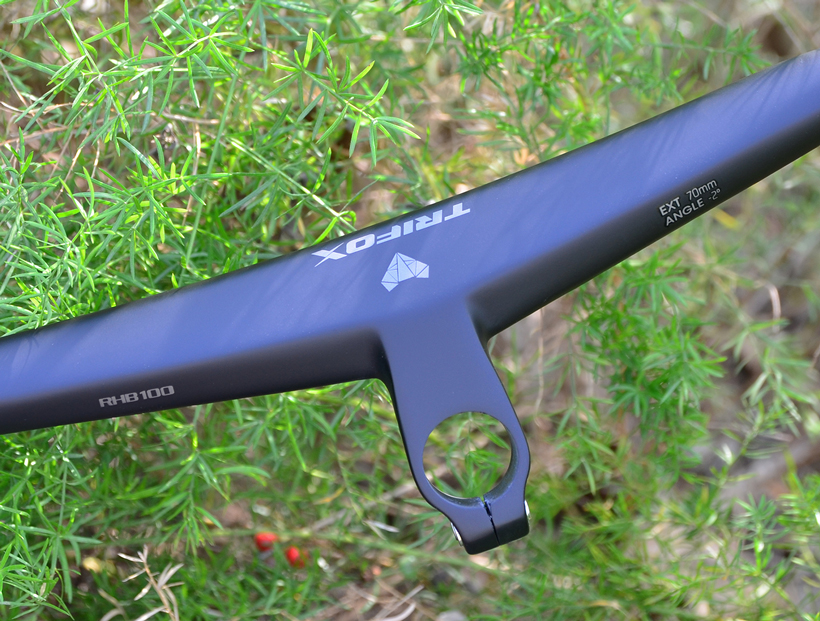
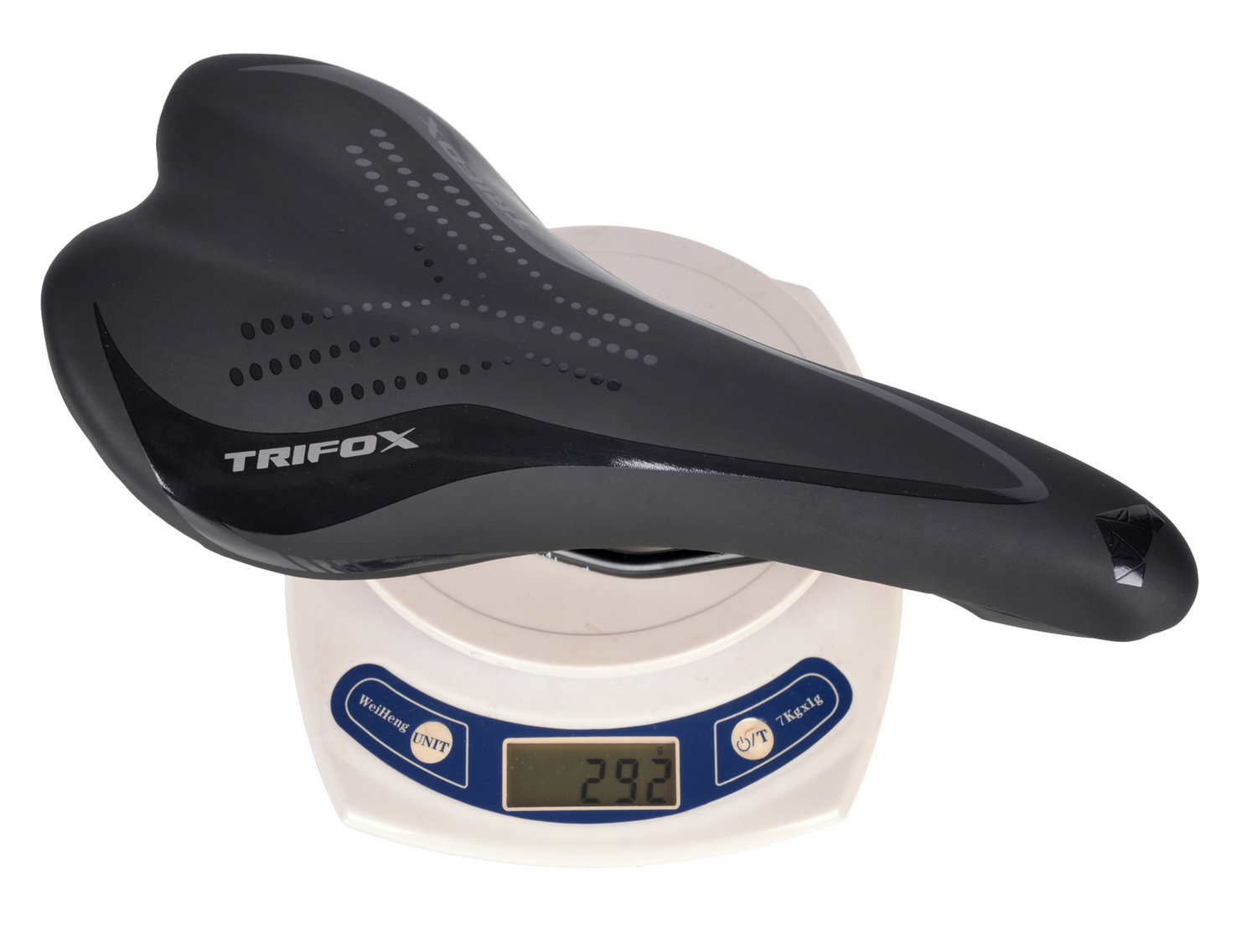
Searching for the "most comfortable" mountain bike saddle is like asking for the best shoe size – there's no single answer. Comfort is deeply personal, depending on your anatomy, riding style, and bike fit.
Why Comfort is Subjective:
1. Sit Bone Width: This is CRITICAL. Your sit bones need proper support. Saddles too narrow or too wide cause pain. Get measured at a shop or use the cardboard-at-home method.
2. Riding Style & Terrain: Aggressive downhillers need different support than long-distance XC riders. More technical terrain often benefits from a shorter nose.
3. Flexibility & Position: Your hip angle and how much you move on the bike influence pressure points.
4. Individual Sensitivity: Some riders need generous padding, others find minimalism better.
Key Features for MTB Comfort:
- Correct Width: Matches your sit bone measurement (usually 2-4cm wider).
- Appropriate Padding: Enough to dampen vibrations but not so much it causes chafing or restricts movement. Too much padding can compress nerves.
- Central Cutout/Relief Channel: Essential for most riders! Reduces soft tissue pressure and numbness on longer rides.
- Shell Flex: A slightly flexible shell absorbs trail buzz better than a completely rigid one.
- Shape: Flat profiles suit aggressive positions; more curved profiles can offer support for upright riding. Short noses improve maneuverability.
Where Do Carbon Saddles Fit In? (Like Trifox Bike's Range)
Carbon saddles (like those offered by Trifox Bike at trifoxbike.com/carbon-bike-saddles) excel in specific areas relevant to MTB comfort:
1. Targeted Flex: High-quality carbon shells can be engineered to flex strategically under your sit bones, absorbing impacts and vibrations from rough trails, while remaining supportive and efficient.
2. Lightweight & Efficient: Significant weight savings over traditional saddles, beneficial for climbing and overall bike feel.
3. Durability: Carbon is highly resistant to wear and tear from crashes and the elements.
4. Minimalist Design: Many carbon saddles feature smart padding placement (often just in the rear zone) combined with relief channels, hitting the sweet spot for riders who find bulky saddles uncomfortable.
Is Carbon Right for You?
Carbon saddles can be incredibly comfortable, especially if you value vibration damping, weight savings, and a direct connection to the bike. However, they often have less overall padding than heavily cushioned models. Riders preferring a very plush feel might initially find them firmer, though the flex often compensates brilliantly for trail chatter.
The Verdict & How to Find YOUR Most Comfortable Saddle:
1. Measure Your Sit Bones.
2. Prioritize a Relief Channel/Cutout.
3. Consider Your Riding Style: Aggressive? Look shorter/narrower. Enduro/Trail? Balance is key. XC? Efficiency and weight matter.
4. Consider Carbon (Like Trifox): If you value precise flex, vibration damping, low weight, and durability, explore quality carbon options.

Choosing grips seems simple, but thickness dramatically impacts comfort and control on your mountain bike. There's no single "best" – it hinges on your riding style, hand size, and personal preference. Let's break down the contenders:
Thin Grips (Typically <30mm Diameter):
- Pros:
Precision & Feel: Offer direct bar feedback for precise steering inputs and technical maneuvering.
Less Arm Pump: Reduce forearm strain on long climbs or endurance rides by requiring less grip force.
Barend Friendly: Easier to pair with ergonomic barends for climbing positions.
Lighter: A minor, but real, weight saving.
- Cons:
Less Vibration Damping: Transmit more trail chatter, potentially causing fatigue and numbness on rough terrain.
Reduced Cushioning: Less material means less impact absorption for hard landings.
Can Feel Harsh: Especially for riders with larger hands or sensitivity issues.
Thick Grips (Typically >30mm Diameter):
- Pros:
Superior Comfort & Damping: Excel at absorbing vibrations and smoothing out bumps, reducing hand fatigue on chunky descents.
Enhanced Cushioning: Provide more padding for impacts and landings.
Better Fill for Larger Hands: Often feel more natural and secure for riders with bigger palms.
Increased Grip Surface: Can feel more planted, especially with gloves.
- Cons:
Reduced Bar Feel: Mute feedback, potentially making subtle steering adjustments harder.
Increased Arm Pump: Can require more grip strength to hold firmly, tiring forearms faster, especially on climbs.
Bulkier Feel: Some riders find them less precise or nimble.
The Verdict? It Depends!
- Downhill / Enduro / Park Riders: Prioritizing comfort and vibration damping? Thicker grips are usually the weapon of choice for surviving brutal descents.
- XC / Trail / Climbers: Valuing precision, low weight, and reduced arm pump on long efforts? Thinner grips often shine.
- Hand Size Matters: Smaller hands usually prefer thinner grips; larger hands often find thicker grips more comfortable.
- Lock-On is Key: Whichever you choose, lock-on grips (with metal clamps) are essential for security and no slippage.

The short answer? Yes, often. Disc brakes (especially hydraulic ones) add bulk near your bike's wheel hubs, and not all bike racks handle this well. Using the wrong rack risks damaging your brakes, frame, or wheels. Here’s what to know:
The Problem: Clearance & Contact
- Frame Contact: Many traditional hanging-style racks (where the bike dangles from its top tube) use support arms that clamp near the fork crown or seatstay bridge – exactly where disc calipers sit. This can crush brake lines or bend calipers.
- Wheel Trays: Racks that hold bikes by the wheels need trays wide enough to accommodate disc rotors without bending them. Narrow trays can bend rotors if forced.
Rack Types That WORK with Disc Brakes:
1. Platform (Tray-Style) Racks (Best Option):
-Why: Bikes are secured by the wheels, not the frame. Look for:
Wide, open wheel trays that easily clear rotors.
Adjustable wheel chocks or ratcheting arms that grip tires/rims only, avoiding the brake area.
2. Hitch-Mounted Racks with Frame Grips (Carefully):
- Look for: Models specifically designed with disc brake clearance. They feature:
Frame grip arms shaped to curve around disc calipers.
Adjustable arm angles to avoid contact points.
- Always visually confirm the arms never touch the caliper or hose when clamped.
3. Roof Racks (Usually Fine):
- Why: Fork-mount trays clamp the fork dropout (far from the brake). Wheel-mount trays hold the wheel itself. Just ensure the fork mount adapter (if needed) doesn't interfere with a front disc.
Racks to AVOID (Generally):
- Basic Hanging Racks (Trunk/Roof/Hitch): These almost always clamp the frame top tube or seat tube, forcing the support arms directly into the disc calipers on the fork and rear triangle. High risk of damage.
Key Buying Tips:
1. Look for "Disc Brake Compatible": This is the easiest starting point, but still inspect.
2. Check the Support Points: Physically see (or find detailed photos/videos) showing where the rack contacts YOUR bike. Ensure calipers and hoses are untouched.
3. Prioritize Wheel Holders: Platform/tray racks are the safest, most versatile bet.
4. Measure Rotor Size (Especially for Fat Bikes/E-MTBs): Very large rotors need extra-wide trays.
The Bottom Line:
Don't risk costly brake damage! While some traditional racks might fit certain disc-brake bikes by luck, it's essential to choose a rack explicitly designed or verified for disc brake clearance. Invest in a quality platform-style rack or a frame-grip hitch rack with proven disc compatibility. Your brakes (and wallet) will thank you!
Ready for a high-performance disc brake road bike? Explore disc-compatible designs like the Trifox carbon series.
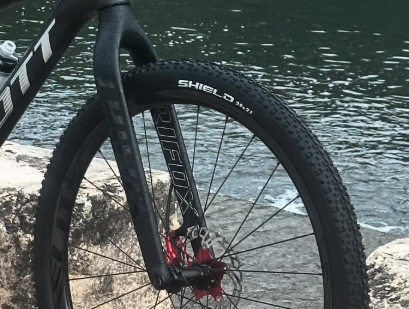
The term "rigid suspension" sounds contradictory. If it's rigid, where's the suspension? In mountain biking, "rigid" specifically means the bike has no suspension system at all – no front fork shocks, no rear shock absorber. It’s pure, unyielding frame and fork. The Trifox TMK200 Carbon Fork is a perfect example of this high-performance, minimalist approach.
Why Choose Rigid?
While full-suspension bikes soak up bumps, rigid bikes offer distinct advantages:
1. Ultimate Lightweight: Eliminating heavy suspension components drastically reduces weight. The Trifox TMK200, made from carbon fiber, is incredibly light, making climbing and acceleration easier.
2. Direct Power Transfer: Every ounce of pedal power goes straight to the rear wheel. No energy is lost compressing suspension – you feel immediate, efficient acceleration.
3. Pinpoint Handling & Feel: Rigid forks provide unmatched steering precision and feedback. You feel the trail surface intimately, allowing for razor-sharp line choice and control.
4. Zero Maintenance: No seals, oil, or air springs to service or wear out. Just hop on and ride – simplicity defined.
5. Low Cost (Relatively): Compared to high-end suspension forks, quality rigid forks like the TMK200 offer significant savings.
Where Rigid Shines (and Where It Doesn't):
- Ideal For: Smooth trails, gravel roads, cross-country racing, bikepacking (weight savings!), urban commuting, and riders prioritizing efficiency and simplicity. Carbon rigid forks add vibration damping for a slightly smoother ride than alloy.
- Less Ideal For: Extremely rough, technical downhill trails with big roots and rocks where suspension is crucial for control and comfort.
The Trifox TMK200: Modern Rigid Performance
This fork showcases how advanced rigid designs deliver:
- Carbon Fiber Construction: Lightweight, strong, and offers subtle vibration damping.
- Disc Brake Specific: Compatible with powerful modern disc brakes (Post Mount).
- Tapered Steerer: Enhances steering stiffness and precision.
- Boost Thru-Axle (15x110mm): Increases wheel stiffness and strength.
- Suspension-Corrected Geometry: Designed to maintain your bike's intended handling when replacing a suspension fork.
The Bottom Line:
"Rigid suspension" simply means no suspension. It’s a conscious choice for riders valuing lightweight efficiency, direct power, low maintenance, and precise handling on suitable terrain. For a high-performance, modern rigid MTB fork, the lightweight, feature-packed Trifox TMK200 Carbon Fork is a top-tier upgrade.
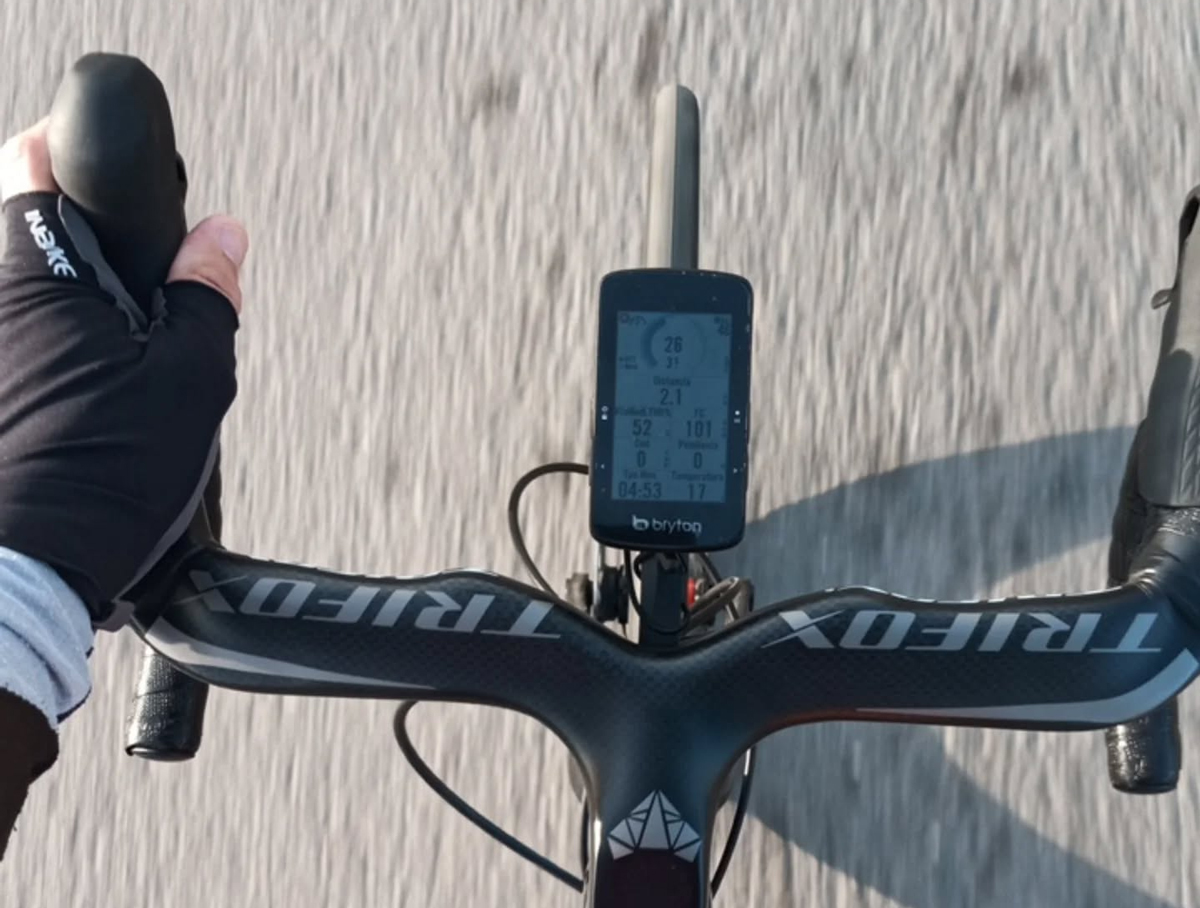
In cycling, every detail matters—especially contact points like handlebars. Enter carbon integrated drop bars, a game-changer for riders seeking speed, comfort, and style. The Trifox DHB500 exemplifies this innovation, merging cutting-edge design with performance to transform your ride.
Why Integrated Drop Bars?
Traditional setups pair a separate stem and handlebar, creating aerodynamic gaps and added weight. Carbon integrated systems like the DHB500 combine both into a single unit, slashing drag and eliminating weak points. The result? A sleeker profile that slices through wind, translating to free speed on flats, climbs, and sprints.
Performance Benefits of Carbon
Carbon fiber's magic lies in its blend of lightness and strength. The DHB500 weighs just 296g , shaving grams without sacrificing stiffness. This ensures precise steering and efficient power transfer, whether you’re attacking a climb or cornering at speed. Additionally, carbon dampens road vibrations better than aluminum, reducing fatigue on long rides.
Aero Gains & Customization
The DHB500's design minimizes turbulence around cables and junctions, crucial for maintaining airflow in critical zones. Its internal routing compatibility (mechanical, electronic, or hydraulic) keeps cables hidden, enhancing aesthetics and aerodynamics. With multiple stem lengths (70-130mm) and bar widths (38-44cm), riders can tailor fit and handling to their preferences—ideal for racers, endurance cyclists, or commuters.
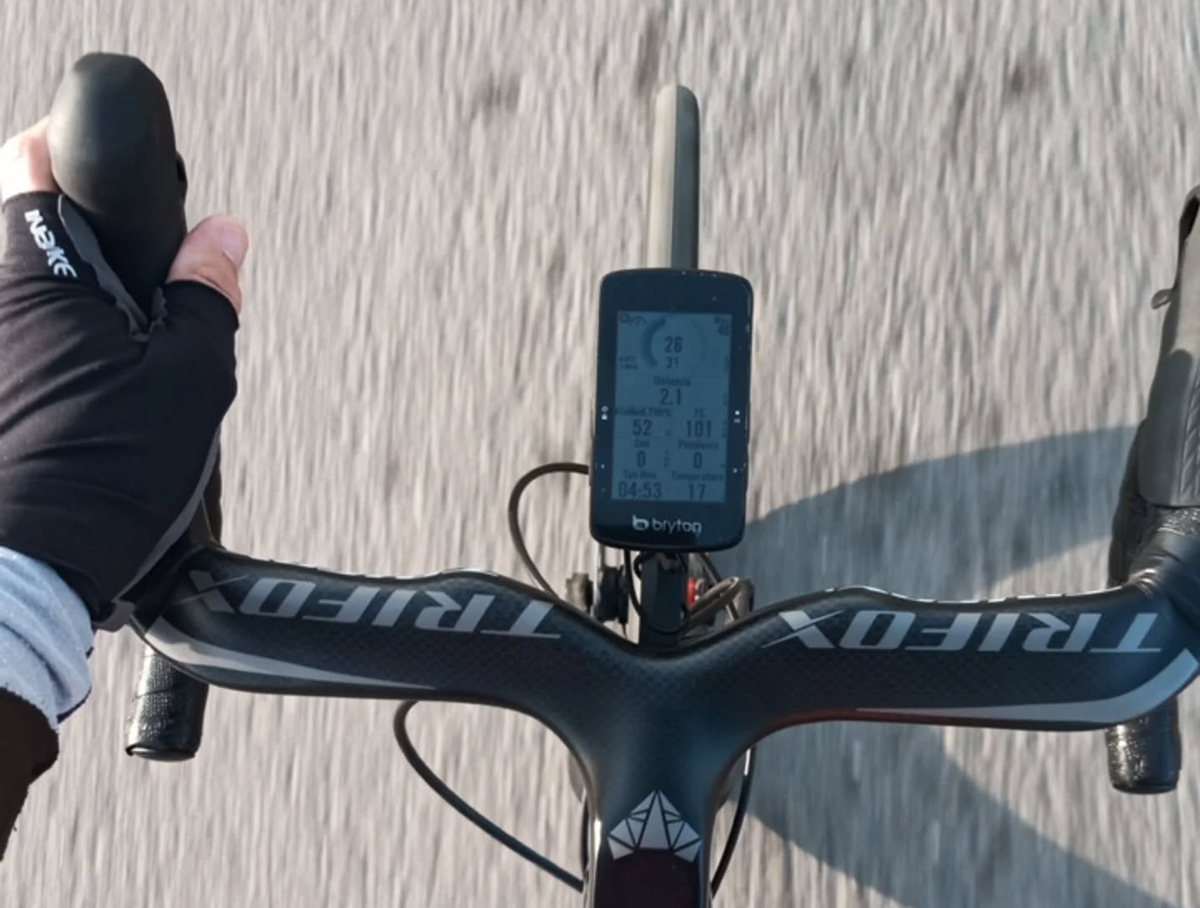
Carbon integrated drop bars aren’t just a luxury—they’re a smart upgrade. The Trifox DHB500 offers tangible gains in speed, comfort, and control, all while elevating your bike’s aesthetics. Ready to experience the difference? Explore the DHB500 here and unlock a smoother, faster, and more connected ride.
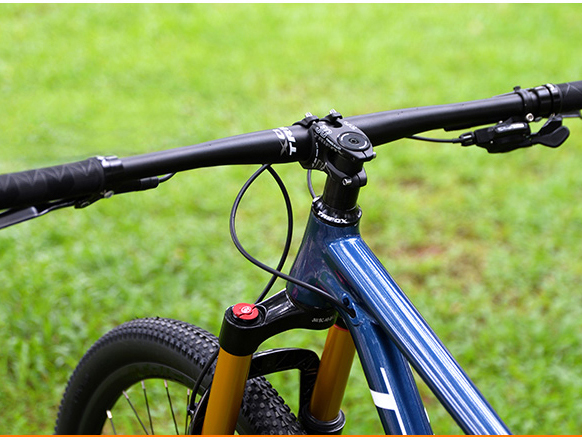
Cyclists love to tweak their rides, and one common question is whether you can swap flat handlebars for sleek, aerodynamic drop bars. The short answer? Yes—but it’s not always straightforward.
Why Go Drop Bar?
Drop bars aren’t just for road racers. They offer:
- Aerodynamics: Lower hand positions reduce wind resistance for faster rides.
- Versatility: Multiple grip options reduce fatigue on long journeys.
- Style: They give bikes a sporty, performance-oriented look.
The Challenges of Conversion
Swapping bars isn’t as simple as unscrewing one set and bolting on another. Key considerations include:
- Component Compatibility: Flat-bar bikes use different shifters, brake levers, and derailleurs than drop-bar setups. You’ll likely need new integrated brake/shifter units (like Shimano STI), which can be costly.
- Geometry Tweaks: Drop bars are narrower and may require a shorter stem to maintain comfortable reach.
- Cable Adjustments: Brake and derailleur cables may need rerouting or replacing to fit the new handlebar shape.
Enter Carbon Upgrades
If you're committed to the conversion, upgrading to carbon handlebars—like Trifox’s lightweight, vibration-damping options—can enhance performance. Carbon bars reduce weight, improve stiffness for responsive steering, and absorb road chatter, making them ideal for riders prioritizing speed and comfort.
Step-by-Step Conversion Tips
1. Assess Compatibility: Confirm your bike’s stem diameter (most are 31.8mm) and whether your frame can accommodate drop-bar cable routing.
2. Invest in Components: Budget for drop-bar shifters, brake levers, and compatible derailleurs. Consider bar tape for grip and aesthetics.
3. Seek Professional Help: If DIY mechanics feel daunting, a bike shop can ensure seamless installation and safety checks.
Is It Worth It?
For casual riders, the cost and effort may outweigh the benefits. But for enthusiasts craving a road bike feel or upgrading to carbon components like Trifox’s handlebars, the transformation can breathe new life into your ride.
Converting flat bars to drop bars is possible, but it’s a project best suited for dedicated tinkerers or those willing to invest in professional help. With the right parts—and high-performance upgrades like carbon handlebars—you can unlock a faster, more versatile ride.
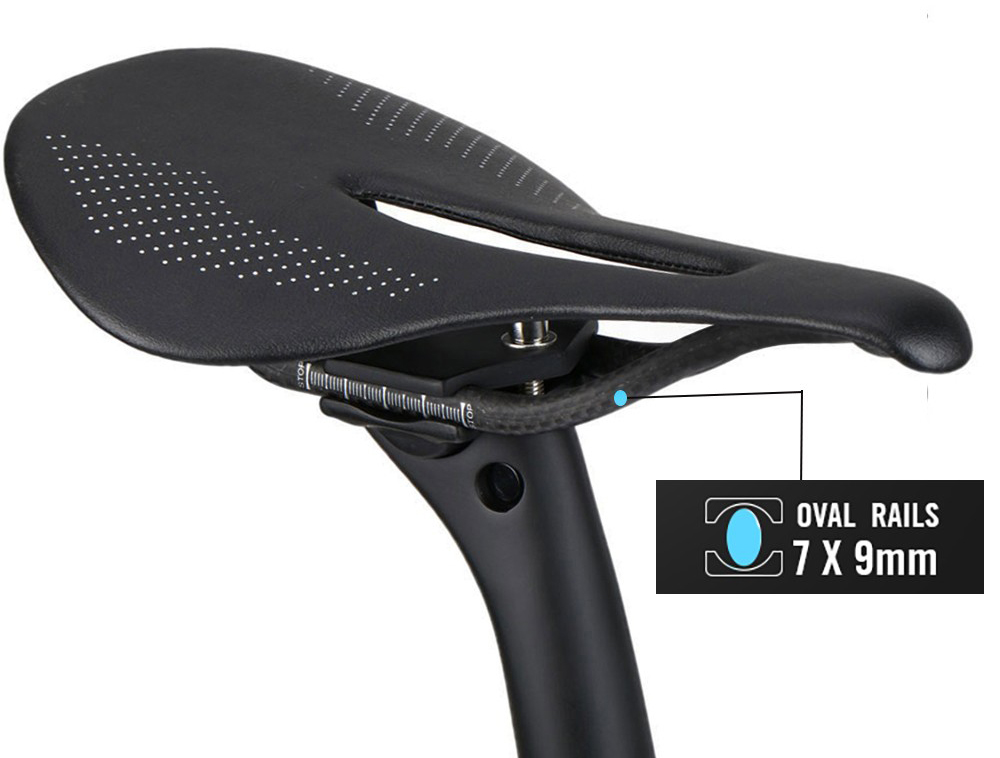
Long-distance cycling demands endurance, stamina, and one often-overlooked essential: a saddle that won’t leave you wincing. Whether you’re tackling century rides, bikepacking adventures, or daily commutes, the right bike saddle can mean the difference between euphoria and agony. Here's why upgrading your saddle matters and how to choose the best one for your ride.
Why Saddle Choice Matters
Your saddle is your primary contact point with the bike, and poor design leads to numbness, chafing, and soreness—issues that derail long rides. A quality saddle combines three elements:
1. Ergonomic Shape: Curves that match your sit bones and relieve soft-tissue pressure.
2. Strategic Padding: Enough cushioning to absorb vibrations without feeling bulky.
3. Ventilation: Channels or cutouts that reduce heat buildup and moisture.
The Carbon Fiber Advantage
Carbon fiber saddles, like Trifox's offerings, elevate comfort with cutting-edge engineering:
- Lightweight Strength: Carbon shells and rails shed grams while maintaining stiffness for efficient power transfer.
- Targeted Flex: Carbon’s natural vibration-damping properties reduce road buzz without sacrificing responsiveness.
- Durability: Resistant to weather, sweat, and wear, ensuring longevity for high-mileage riders.
Trifox Carbon Saddles: Built for the Long Haul
Trifox's range caters to diverse riding styles with features like:
- Hollow-Tech Design: A central cutout minimizes perineal pressure and enhances airflow.
- Titanium Rails: Lightweight yet robust, compatible with most seat posts.
- Adaptive Padding: High-density foam molds to your anatomy over time, balancing support and comfort.
Who Needs a Carbon Saddle?
- Endurance Cyclists: Reduce fatigue on multi-hour rides.
- Road Racers: Prioritize weight savings and aerodynamics.
- Adventure Tourers: Seek reliability on rough terrain and varied conditions.
Finding Your Perfect Fit
1. Measure Your Sit Bones: Use a gel pad or professional fitting to determine your ideal saddle width.
2. Test Ride: Many brands offer trial periods to ensure compatibility.
3. Adjust Position: Fine-tune tilt and fore/aft alignment to optimize pressure distribution.
A carbon saddle isn't just a luxury—it's an investment in pain-free performance. By blending cutting-edge materials with ergonomic design, Trifox’s carbon saddles prove that comfort and speed aren’t mutually exclusive. Whether you’re chasing personal bests or exploring new horizons, the right saddle ensures every mile feels like a victory.
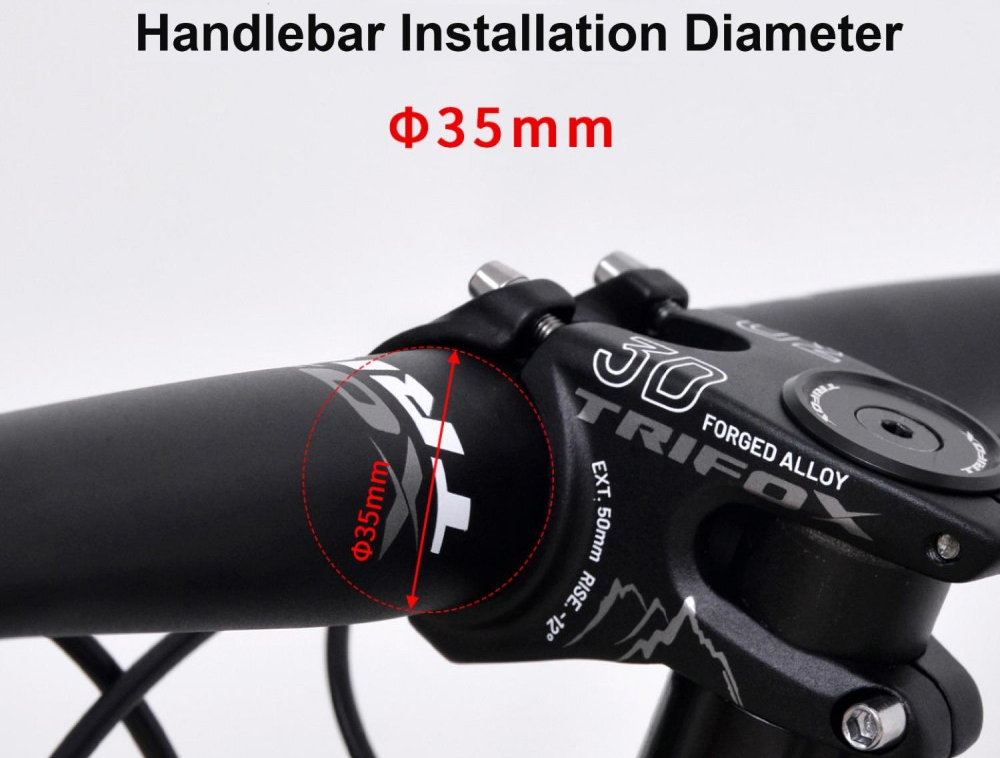
For urban cyclists, navigating crowded streets, dodging potholes, and squeezing through traffic requires agility, comfort, and control—all while maintaining enough speed to make the ride efficient.
Enter the flat bar road bike, a versatile machine that blends the best of road bikes and hybrids to dominate cityscapes and tackle adventures beyond the asphalt. Here’s why these bikes are becoming the go-to choice for riders who refuse to be confined by terrain or traffic.
Urban Agility, Redefined
Flat bar road bikes ditch the traditional drop handlebars of classic road bikes for a wider, flat handlebar setup. This simple change transforms the riding experience:
- Better Control: The upright riding position improves visibility in traffic, while the wider grip offers precise steering for weaving through tight spaces.
- Instant Braking: With brake levers and gear shifters at your fingertips, stopping power is immediate—a lifesaver in unpredictable urban environments.
- Lightweight Speed: Built with road bike DNA, these bikes feature lightweight frames and narrow tires (slightly wider than standard road bikes) for zipping past gridlock without sacrificing efficiency.
Comfort That Goes the Distance
Commuting or cruising for hours? Flat bars encourage a natural, relaxed posture that reduces strain on your wrists, neck, and back. Paired with ergonomic grips and shock-absorbing features like carbon forks or wider tires, these bikes smooth out rough pavement and cobblestones, making every ride less punishing than a traditional road bike.
Beyond the City Limits
Don't let the “city bike” label fool you. Flat bar road bikes are built to explore. Their sturdy frames and grippy tires handle gravel paths, packed trails, and countryside roads with ease. Swap slick tires for something knobbier, and suddenly your urban warrior becomes a weekend adventurer—no second bike needed.
Who Should Ride One?
- Commuters craving speed without back pain.
- Hybrid riders ready to upgrade to something lighter and faster.
- Casual adventurers who want one bike for pavement, paths, and light off-roading.
In a world where cycling needs are as diverse as the riders themselves, flat bar road bikes strike a rare balance: they're fast enough for fitness rides, nimble enough for downtown chaos, and tough enough to escape the urban grind. Whether you're sprinting to work or chasing sunset horizons, these bikes prove that versatility is the ultimate superpower.


























































